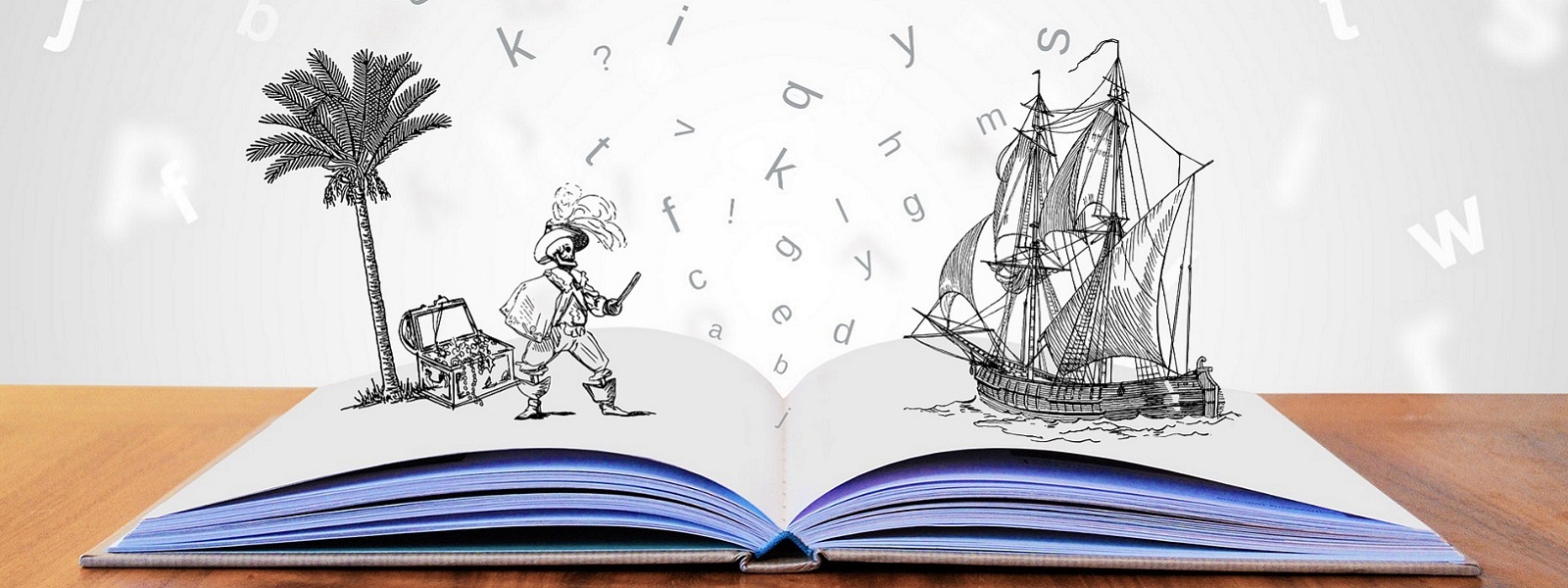This week it is National Storytelling Week in the UK, with the theme “Your Story – My Story”. This got me thinking about the impact that storytelling can have on the work that we do. After all, stories have been used for centuries to pass on learning and knowledge from generation to generation. Stories can also be used to help make sense of what otherwise could be seen as a complex situation. When a story catches our attention, it can act as a ‘light bulb moment’; it allows us to fully understand and absorb the message and meaning behind it, that we may not have been able to do otherwise. So stories can have real impact, they can be powerful.
At the Lean in Higher Education International Conference in October 2021, Francisco Mahfuz presented on “The Power of Storytelling”, Francisco is the author of "Bare: A Guide to Brutally Honest Public Speaking" and the host of The Storypowers Podcast, where he interviews global experts on how to use the power of stories to engage, persuade and inspire.
Francisco highlights that there's a reason millions of people can watch Netflix for hours on end every night, but most of us struggle to sit through a meeting or presentation for 10 minutes without checking our phone, doodling or having our mind wander. And it's not because business is boring. Business has all the excitement of real life - and more. It's because of how we communicate. And without effective communication, managing change is impossible. It takes more than a story to create long-lasting change, but you can’t achieve it without a story. A story can create focus and give meaning to change, help spread it and overcome objections.
In the work that we do in the Continuous Improvement Directorate in the University of Strathclyde, we often tell stories of projects that we have worked on in the past or stories that we have heard others tell that have had a real impact on us. We often reflect how these stories can help our colleagues navigate their way through a change process. They can identify and relate to the stories that we tell; are able to put themselves in the story. In a sense the story is providing an example of their current reality. The story can help them see that things can and will improve.
As well as telling stories based on our own work, we are also constantly looking out for stories that will help emphasise a point for a particular piece of work that we are doing. One example that caught my attention recently was from Matthew Syed, the bestselling author of books such as “Rebel Ideas”, “Bounce” and “Black Box Thinking”.
Here’s the story:
In 1926 the US military used a one size fits all approach to design the perfect cockpit for their fighter planes.
They collected hundreds of measurements from hundreds of pilots.
They then calculated the ‘normal’ height, ‘normal’ arm length, ‘normal’ leg length, ‘normal’ reach…
Using this data, they created the ‘perfect’ cockpit, all perfectly sized for the perfectly sized pilot.
25 years after the cockpits were designs, the air force was perplexed as to why their pilots kept crashing.
Lieutenant Gilbert S Daniels decided to look into it and realised, not a single pilot of the 4000 current pilots fit the measurements of ‘normal’. A one size fits all approach is often the antithesis of a good solution.
Do you use storytelling in your work? If so, I’d love to hear more about it.


